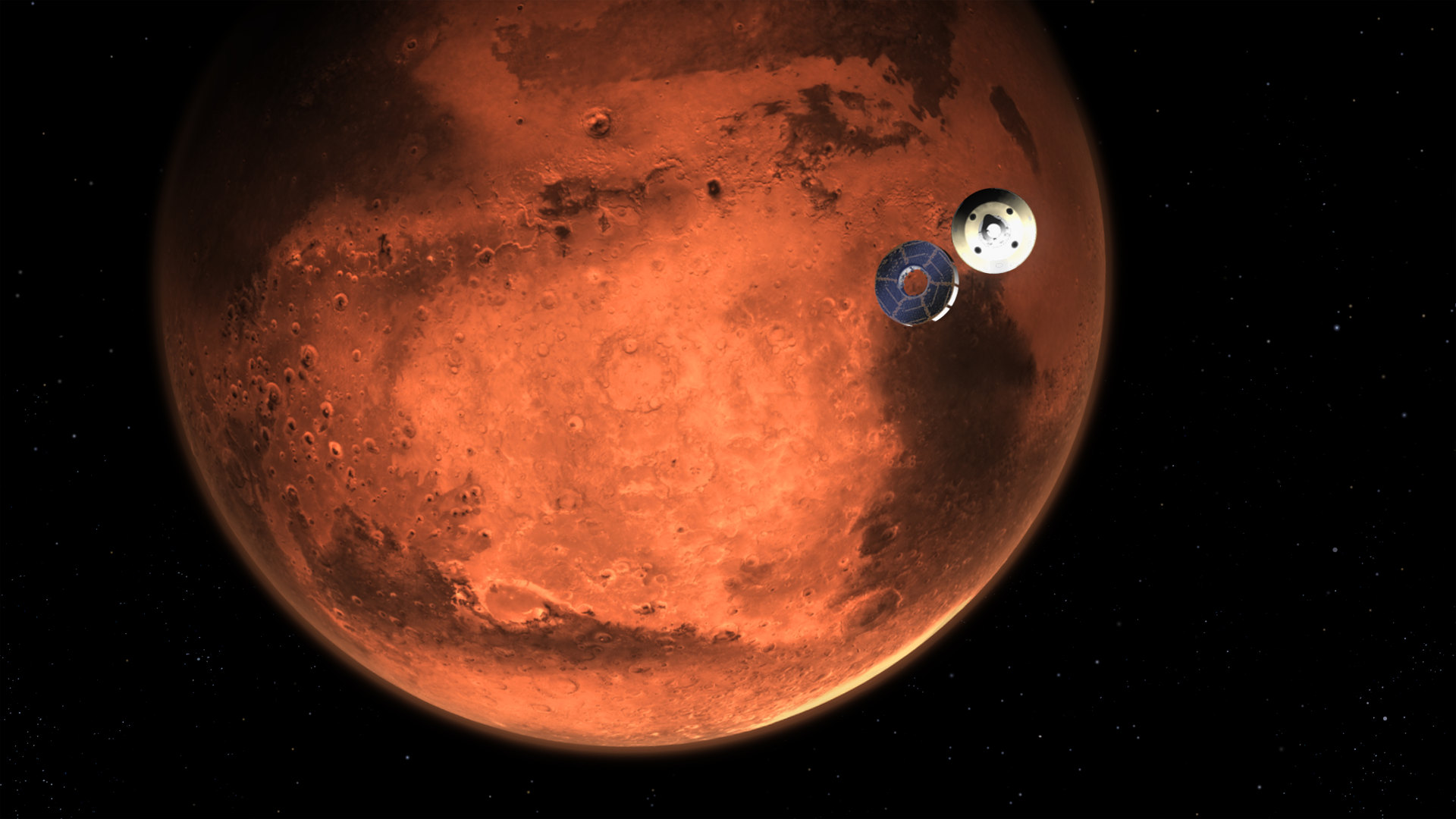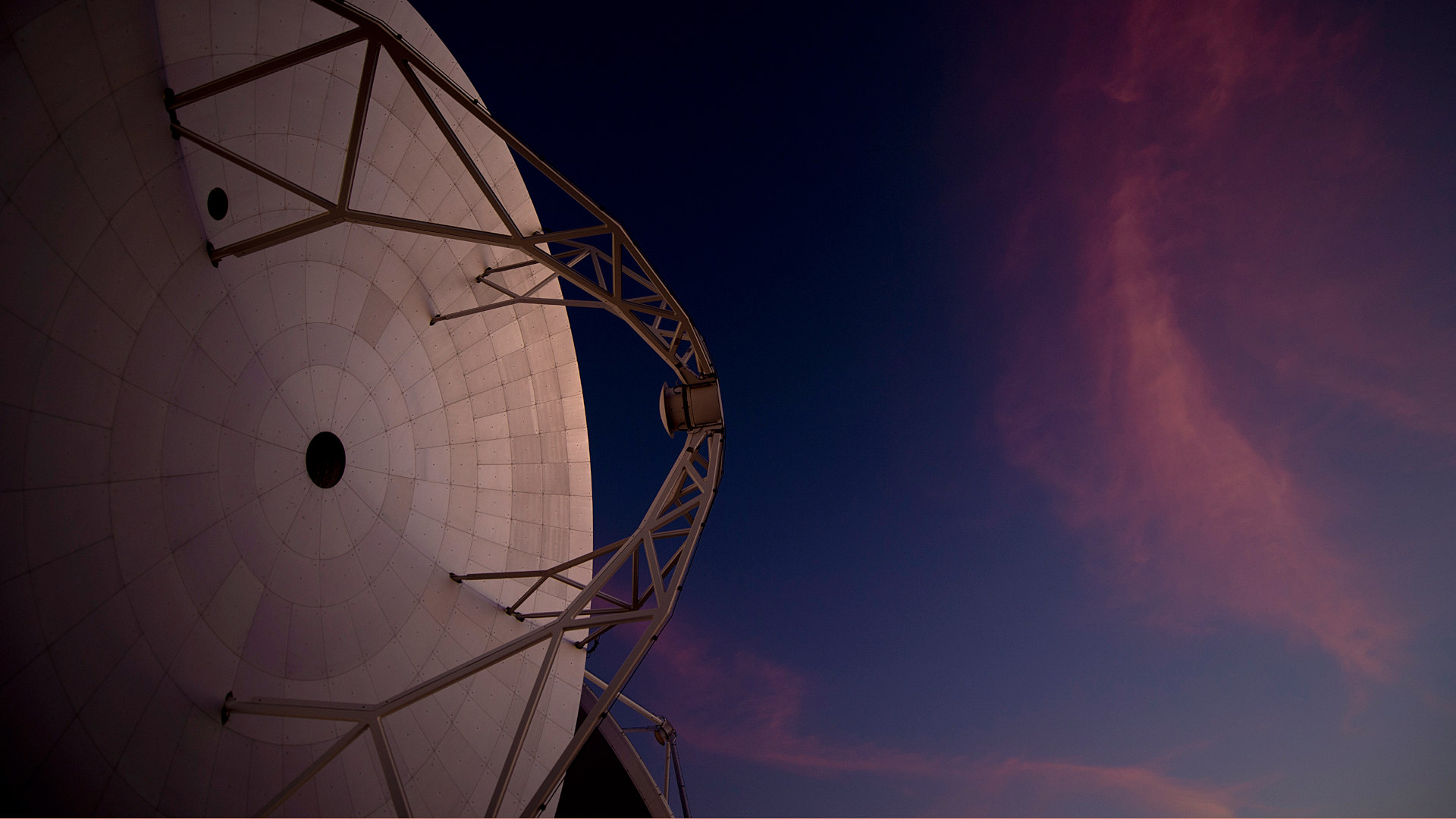Is there life beyond Earth — and if so, where? We live in a time of unprecedented possibilities for detecting signs of life on other planets, be they our neighbors like Mars or Venus, or ones outside of our solar system. New telescopes are dramatically improving our capabilities of remotely studying the atmospheres of rocky exoplanets. Current and upcoming rovers like NASA’s Perseverance and the European Space Agency’s Rosalind Franklin are going to expand or even reshape our knowledge of Mars’ past, including the odds that it hosted — or perhaps still hosts, somewhere in the subsurface — life. But despite these advances, very few kinds of evidence can tell us about alien life with certainty — and in my experience, scientists rarely communicate that uncertainty to the public. In the age of social media and rapidly spreading news, we need guidelines for communicating tentative discoveries clearly. Sensational claims and their subsequent retractions, without underlining the scientific process behind them, could lead to loss of public trust in science and support for high-risk space exploration missions.
Let’s rewind back to summer 1976, when two landers, Viking 1 and Viking 2, successfully touched down on Mars. One of their primary objectives? Finding signs of metabolic processes, and therefore potential Martian life. The results of the landers’ experiments, though, were peculiar.
One experiment added water and nutrients labeled with radioactive carbon-14 to a sample of Martian soil and then looked for the release of labeled carbon dioxide. Anything living in the sample could have ingested the nutrients and broken them down to produce the compound. This experiment detected tagged carbon dioxide from both Viking landers. But the other experiments came up negative for any kind of metabolic products or presence of complex organics, leaving people to wonder what released the carbon dioxide. The media handled the coverage well, with caution, but there were no attempts to go back to Mars to answer the question. The current Perseverance rover, which landed on Mars in 2021, is the only one that has been launched with astrobiological goals since the Viking missions.
But other evidence showed us what might have happened. In 2008, the Mars Phoenix lander found oxidizing salts called perchlorates in the Martian soil. When heated, the salts would have reacted with any organics in the samples and broken them down before the vaporized sample was analyzed, yielding potentially false negatives. The presence of these aggressive chemicals might also explain the release of carbon-14 labeled carbon dioxide.
We had to wait more than three decades for this possible explanation. Was NASA’s response to the uncertainty — with much of the public viewing it incorrectly as a failure, some scientists say — to blame? When the next prospective detection comes, we don’t want to wait this long for answers.
Part of the problem is that the astrobiology community has no widely shared framework to assess the reliability and degree of uncertainty of life detection claims. Scientists across the globe have proposed several ways to change that, including methods such as the ExoMars biosignature score, the Ladder of Life Detection, CoLD scale, and Bayesian and other probabilistic approaches. All consider the fact that there are scant reliable signs of life we could detect. We cannot entirely avoid sources of uncertainty: Abiotic mineral formations can mimic microfossils; few atmospheric biosignatures can be produced only by living organisms; and detecting the presence and abundance of a promising biosignature gas is not easy, even in our cosmic neighborhood.
The astrobiology community has no widely shared framework to assess the reliability and degree of uncertainty of life detection claims.
However, we should be wary about life detection probability frameworks affecting the funding process that decides which missions to pursue. Let’s say scientists want to observe a particular class of exoplanets, but the scales predict that uncertainty will be high whatever they do. Should we give preference to investigations expected to yield more certain answers?
For me, that’s a hard no. We need risky research that could yield potentially field-changing results but also mundane, nonexistent, or erroneous results with a high or completely unknown probability. The National Academies, which reviewed a report from a 2021 NASA workshop on standards of evidence for biosignatures, articulated the fear of losing these high-risk avenues: One possible impact the framework proposed in the NASA report may have, the review states, is that “confining the search for life and biosignature analysis to a defined structure could inadvertently stifle innovation and debate, especially at the science-development (i.e., proposal) level.”
A special vetting process for life detection claims or even at the mission proposal stage could represent “death by committee” to science. Are we going to see more claims of the discovery of life on exoplanets announced and then refuted? Almost certainly. Is it a bad thing? Not for science, I would argue, and not for public communication either, if it’s handled well and emphasizes uncertainty instead of inflating claims into sensational proportions.
We want the public to know about new discoveries, but not to witness a media storm of “aliens found!” Let’s look at the famous Martian meteorite ALH84001 as an example. The meteorite contains organics and minerals often associated with life and structures that looked like microfossils. Since the first studies in 1996, it has been shown that none of these features, even combined, are convincing evidence for life. The science was commendable, and the researchers never claimed to have discovered life with certainty. The headline on NASA’s press release, though, read “Meteorite Yields Evidence of Primitive Life on Early Mars.” Although the first sentence included the word “suggests,” unreasonable expectations were already set. We want to avoid that if we wish to maintain trust in science.
We need risky research that could yield potentially field-changing results but also mundane, nonexistent, or erroneous results with a high or completely unknown probability.
Luckily, evaluating and communicating uncertainty is becoming part of the astrobiology zeitgeist. It was one of the driving forces for the 2021 NASA biosignatures workshop and, in my experience, became a major topic in the recent ESA Brainstorming on Astrobiology workshop. It is embedded throughout an upcoming International Astronomical Union symposium, is the heart of a virtual NASA workshop on communicating discoveries in the search for life in the universe, and forms the cornerstone of Durham University’s project that explores uncertainty and risk in contemporary astrobiology. Scientists are increasingly asking questions as to what counts as a biosignature and whether abiotic pathways have been explored enough.
Also key for that discussion: We may never know for sure about the existence of alien life, and that it’s not a failure. In our solar system, for extant life at least, there is potential for experiments to give a final yes or no, though such confirmation could lie far in the future. In the meantime, we will have competing hypotheses, new models, follow-up observations, shifting probabilities, and independent data points from other planets — in other words, the normal scientific process. We would be uncertain, and there would be nothing wrong with that.
There is nothing wrong in telling the public, “We don’t know for sure,” if we explain why. Familiarity with the scientific process is crucial not just for understanding abstract questions about alien life but also ones that are extremely relevant for the functioning of our society, such as how we determine the efficacy and safety of vaccines or treatments.
We live in a time of unprecedented possibilities for finding life beyond Earth, when people are just as curious and enthusiastic about those potential discoveries as they were decades ago. Let’s give them a chance to be excited and doubtful at the same time.
Julie Nováková is a Czech evolutionary biologist, writer, and educator whose most recent work is a science outreach anthology, “Life Beyond Us.”











